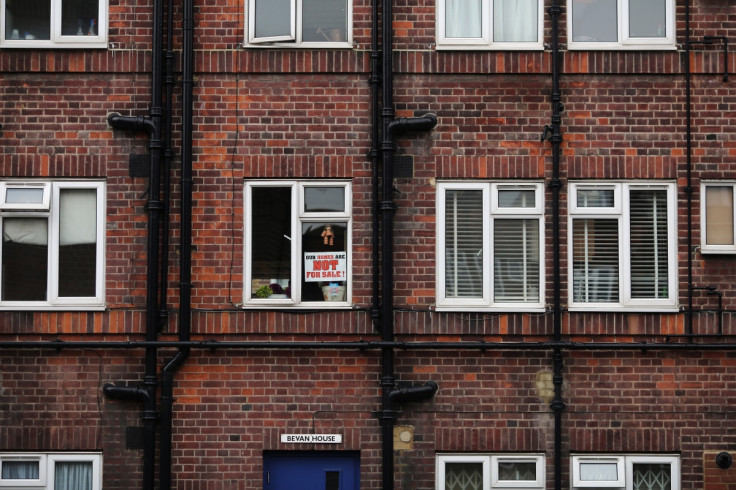What the English Housing Survey's results tell us about the state of the market
DCLG's survey reveals trends and facts about how England's housing market has changed in 20 years.

A breakdown of the results of the English Housing Survey by the Department for Communities and Local Government (DCLG) has been published. It gives insight into the changes in England's housing market over a 20-year period, from 1994-95 to 2014-15. These are some of the most interesting trends and statistics from the survey.
You're much more likely to buy your first home as a couple than as a single person
There has been a sharp decline in the portion of first-time buyers that are single households, falling from 29% in 1994-95 to 14% in 2014-15. This also means there has been an increase in the portion of couples, up over the same period from 63% to 80%.
"This may be due to an increasing need for two incomes to be able to buy," said the survey. House prices have risen sharply over the past two decades, with borrowers forced to take on significantly larger mortgages.
First-time buyers are getting older
The average age of a first time buyer has increased over the past 20 years from 30 to 33, another trend likely caused by the sharp uplift in house prices well ahead of the growth in incomes over the same period.
You now have to be richer, and come from a richer family, to get on the property ladder.
There are five income bands. A larger portion of first time buyers today fall into the two highest income bands than two decades before; 72% were in these two bands in 2014-15, up from 62% in 1994-95.
"Between 1994-95 and 2014-15, there was an increase in the proportion of first time buyers that had help from friends and family (from 21% to 27%) and those that used inherited money (from 3% to 10%) for their deposit," said the survey.
For those who do buy, many are left without any savings: "Over half of first time buyers (54%) had no savings, perhaps because they had invested them in their home. There were 19% of first time buyers with less than £5,000 in savings, while 11% of first time buyers had more than £12,000 in savings."
Proportionately more ethnic minority households are first-time buyers than white ones
From the survey: "A higher proportion of ethnic minority households (4%) were first time buyers than white households (2%) in 2014-15. The proportion of white households that were first time buyers decreased from 1994-95 (4%), while it did not significantly change for ethnic minorities in the same period."
The quality of housing in the private rented sector is getting better
"Dwelling condition and safety in the private rented sector has improved since 1996 but remains poorer than other tenures," says the survey. "Due to increasing numbers in the private rented sector the number of households in poor conditions has remained similar."
In 2006, there were 1.1 million privately renting households living in what are described as "non-decent" dwellings, accounting for 47% of all private renters. However, by 2014 the portion had fallen to 28% — though in absolute terms, this was still 1.2 million households.
"Compared with other tenures, the private rented sector has a higher rate of non-decency. In 2014, 18% of owner occupiers and 14% of social renters lived in dwellings that were non-decent," says the survey.
Those most likely to live in non-decent homes are the very elderly
Households where the oldest person was aged 85 years or over "were more likely to live in a non-decent home than other age groups," says the survey. "Some 29% of households where the oldest member was 85 or over lived in a non-decent home. This compares to 17% for households aged 55-64 years and 20% for households where the oldest person was under 55."
Private renters are getting younger because it is harder to buy a home – and there is more of them
Over the 20-year period to 2014-15, the proportion of private renters aged 25-54 rose from 56% to 27%. The proportion of those aged 16-24 has fallen, perhaps reflecting higher numbers going to university or having to live at home for longer because rents are less affordable. "The number of private rented homes rose by more than two million between 2005 and 2014, increasing this sector's share of the stock from 11% to 20%," says the survey.
Local councils own fewer homes.
From the survey: "The proportion of the housing stock owned by local authorities fell from 17% to 7% over the 1996 to 2014 period while the proportion owned by housing associations rose from 5% to 10%." Councils have built fewer and fewer homes over the past few decades, a cause cited by many of the housing crisis today.
More than a million homes are vacant
That accounts for 5% of the total housing stock. "A tenth of private rented homes (456,000) were vacant compared with between 3% and 4% of homes in the other tenure groups," says the survey.
© Copyright IBTimes 2025. All rights reserved.






















